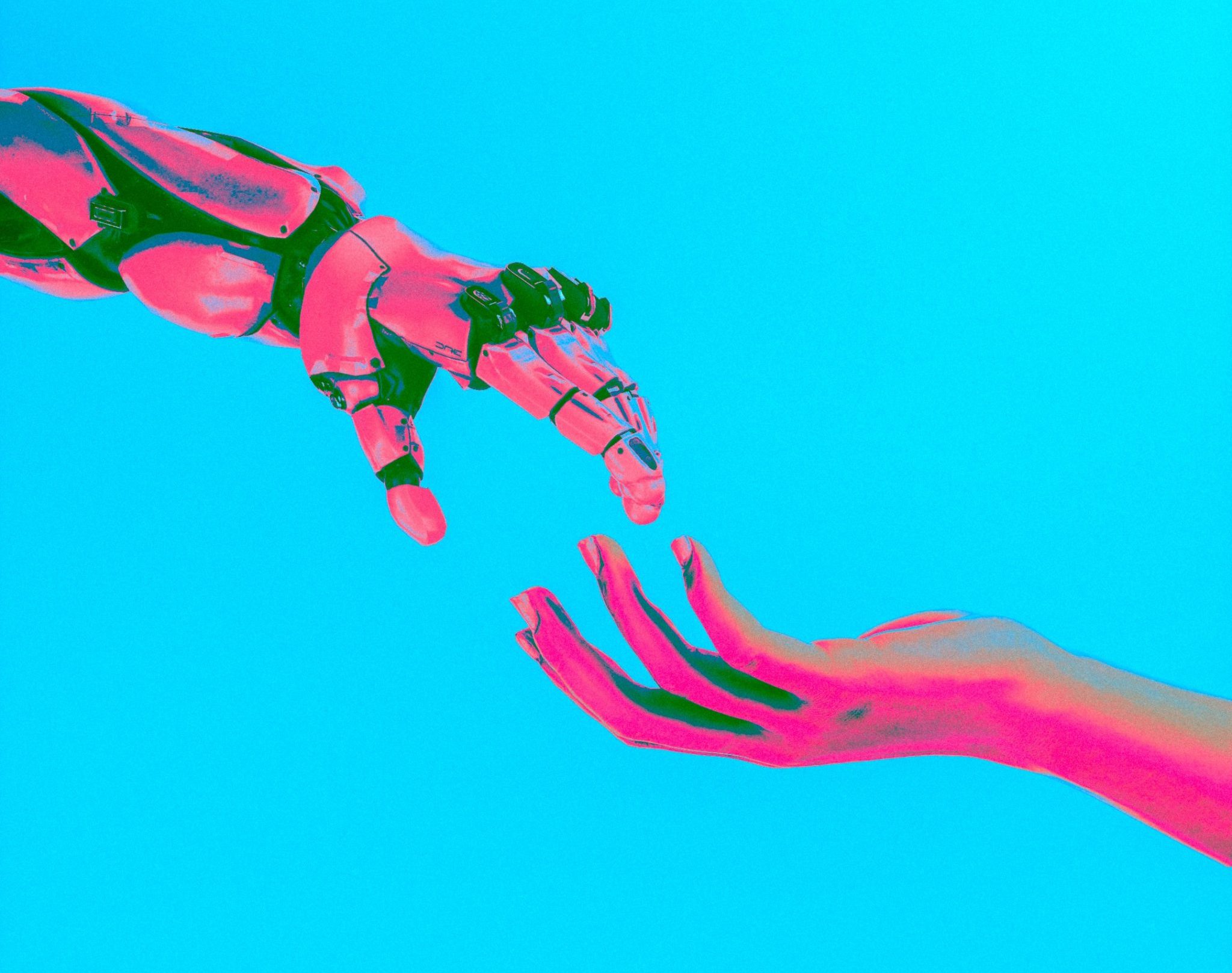November 22 2024
Why AI should and will not replace humans in Communication and Education
The AI market is valued at over
Billion in 2023
Source: Statista
AI is simply a tool
AI is a powerful tool that can automate many tasks and assist in analyzing complex data. However, it is important to remember that AI is not a human being and lacks the understanding, empathy, and moral judgment of a human. Therefore, it must be used judiciously and in conjunction with our human skills.
When it comes to communication, AI can be used to generate content, automate responses to frequently asked questions, analyze large volumes of data for valuable insights, or even translate foreign languages. However, when communication involves emotions, moral values, or sensitive issues, humans must remain at the center to ensure appropriate understanding and empathy.
The same goes for education. AI can help structure courses or create a learning path. It can also shape more captivating and engaging content. But it can’t replace a speaker or teacher if there are new questions or opportunities for discussion. For instance, it won’t be able to consider the learner profile, personality, or age before answering, which can be a problem since we can’t have the same replies whether we’re talking to a kid or an adult.
Make no mistake, AI remains an extremely valuable tool. But it is not autonomous. We must not forget that it’s humans who set the destination and lead the way, technology just helps us get there quicker and with less effort.
The Importance of Human Empathy
Empathy is one of the most fundamental skills in communication and therefore in education. It enables us to understand the emotions, needs, and perspectives of others, which is crucial for building strong relationships, establishing a climate of trust, resolving conflicts, legitimizing your message or actions, respecting everyone’s sensitivities… and so much more! AI cannot feel empathy, but it can be programmed to recognize basic emotions. However, this recognition is often limited and can be prone to errors. Artificial improvisation is no match for human responsiveness.
The accuracy of AI systems
when recognizing basic emotions
Source : HCI Institute, Carnegie Mellon University
Students are
more likely to be engaged in school if they feel a sense of connection with their teacher
Source: Gallup Education
Human interactions, whether personal or professional, often require a deep understanding of emotions and an appropriate response. In these situations, humans must remain the primary actors in communication to ensure an empathetic and suitable response. This is all the more important in a teacher/student relationship. Indeed, the former is responsible for the latter’s development, in the sense that he or she establishes the optimal conditions for the learner’s learning process. A teacher’s greatest strength lies in his or her ability to adapt teaching methods to the varying difficulties of his or her students. To do this, they need to know and support their students as unique individuals, not as a homogeneous group. While AI simply scans data to provide answers, human beings take care to ensure both content and form, to touch or move their interlocutor. Attention triggers, cognitive biases… these are all success factors that can only be learned in the field, whether as a communicator or a teacher.
In fact, this ability to anticipate the reactions and emotions of an audience is the strength of the greatest orators. Public speaking, whether to convey information or knowledge, or to inspire crowds, is an art. AI may have the technique to wield a microphone, but does it master the art of storytelling with panache and, above all, authenticity? To learn more about the best speakers’ tips, read this article
Understanding AI’s limitations
As we navigate the dynamic landscape of AI in communication and education, it is imperative to recognize that AI, while a powerful tool, cannot replace the unique qualities that define human interactions.
The significance of human empathy in communication and education cannot be understated. The ability to understand emotions and respond appropriately is a realm where human involvement is irreplaceable. As we move forward, let’s embrace AI as a valuable aid, acknowledging that the true essence of communication and education lies in the authentic, empathetic touch of humanity.
Stay tuned for part two of this article where we will discuss the innate talents of human creativity and intuition.



